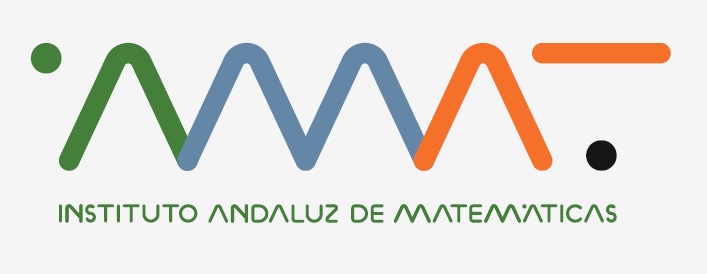Module 1. Networks, Centrality and Targeting (Francis Bloch)
17 December 9:30-12:30 y 15:30-18:00
The analysis of social networks has been a very fruitful area of research recently at the crossroads of mathematics, economics, sociology and computer science. The lectures will provide a general introduction to network analysis and cover two of the most exciting current research areas: measures of centrality (definitions, axiomatizations, theoretical and empirical properties) and targeting (seeding strategies, strategic models of information diffusion in networks, targeting and network games).
Module 2. Networks, Games and Applications (Herbert Hamers)
18 December 10:00-13:00 y 15:30-18:00
All over the world intelligence services are collecting data concerning possible terrorist threats. This information is usually transformed into network structures in which the nodes represent the individuals in the data set and the links possible connections between these individuals. Unfortunately, it is nearly impossible to keep track of all individuals in the resulting complex network. A methodology based on a game theoretic centrality is introduced to measure it, which is innovative in the sense that it takes into account not only the structure of the network but also individual and coalitional characteristics of the members of the network. Next, a sensitivity analysis on the rankings derived from this centrality measure for the case of Al Qaeda’s 9/11 is performed. A case specific method to compare the different rankings that result from the sensitivity analysis is introduced and showed that the new centrality measure is robust to small changes in the data. The Zerkani network that was responsible for the Paris-Brussels attack will be analyzed too. Another aspect which will be addressed is to detect as quickly as possible whether some attacker is secretly conducting a project that could harm. Applying cooperative game theory, we measure the harm reduction thanks to each activity's intelligence effort, obtain insight into what makes intelligence effort more effective, and show how to identify opportunities for further harm reduction. A detailed example of a nuclear weapons development project will be shown to illustrate how a careful trade-off between time and ease of detection can reduce the harm significantly.
Next, minimum coloring problems will be introduced to deal with situations where the agents are interested in having access to some facility but may be involved in conflict. The cost allocation problem arising from such a situation can be tackled using cooperative game theory. A corresponding cooperative game is constructed where the value of any coalition of agents is equal to the chromatic number of the conflict subgraph induced by this coalition. For this cooperative coloring game the existence of core elements is investigated. A characterization of minimum coloring games that are totally balanced, submodularity and PMAS, respectively, is given. Finally, Chinese postman problems will be presented. By assigning players to the edges in the graph, a cooperative Chinese postman game is defined, in which each coalition has to find a minimum cost tour that visits its edges at least once and start and finishes in a specific vertex. This model is attractive to service providers that have to visit a set of customers in a city since game theoretical solutions can be used to divide the costs among the customers. It is shown that CP games may not be balanced, but balancedness is established if the underlying graph is a bridge-connected Euler graph. This result gave rise to classifications of game theoretical properties ((totally) balancedness, submodular, respectively) and graph structures. Global CP submodular graphs and CP (totally) balanced graphs are introduced and studied in detail.
Para recibir un certificado es necesario asistir al menos al 75% de las horas del curso y, además, inscribirse por correo electrónico a admin2-imus@us.es indicando lo siguiente:
Nombre de la actividad:
Nombre completo del participante:
DNI o pasaporte:
Correo electrónico:
Organizer
Encarnación Algaba Durán
Location
Seminario II (IMUS), Edificio Celestino Mutis
Event type
Description
